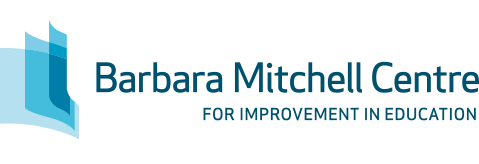Parents and educators make useful comparisons of academic performance among schools.
aboriginal education
Only 0.3 per cent of the $7.9 billion spent by Aboriginal Affairs and Northern Development Canada in 2011/12 went to Metis and non-status Indian concerns.
First Nations education is a hot topic. With graduation rates on First Nations reserves below 40 per cent (compared to graduation rates above 80 per cent for all other Canadian students), the issue deserves ample attention from Canadians and the newly elected federal government.
When comparing overall operating expenditures, on-reserve students receive the same amount (on average) as other Canadian students, and in some cases, more.
A small First Nations community called Whitecap Dakota, located just outside of Saskatoon, has a lot to celebrate on National Aboriginal Day.
Thinking hard about history can be a useful exercise if incorrect assumptions are reformed. This was one goal of the Truth and Reconciliation Committee’s report on residential schools, which, in early June, published a 388-page summary of its forthcoming final report.
While the recent federal budget received much attention for its debt and deficit forecasts, a smattering of legislative reforms giving First Nations greater control of on-reserve education went largely unnoticed. Hand-in-hand with the proposed reforms, the feds also promised an additional $1.25 billion in core funding for on-reserve education over three years, on top of the current $1.5 billion spent annually. All of which was supported by the Assembly of First Nations.
The recent decision by the Assembly of First Nations to reject Ottawas musings about reforming on-reserve education was an example of a react-first, ask-questions later approach. It was unhelpful, most of all to First Nations kids.
Last week we had the wonderful scene of aboriginal leaders sitting in the British Columbia legislature for the provincial budget because, as Vancouver Sun columnist, Vaughn Palmer said, the government reached out to them.
Featured in Palmers column was the well-known militant Chief Stewart Phillip, the president of the Union of B.C. Indian Chiefs. Phillip, a practiced and clever user of both physical intimidation and the quotable quote, noted that he was there because he had to stop posturing and get real results for aboriginal children, including his own grandchildren.
